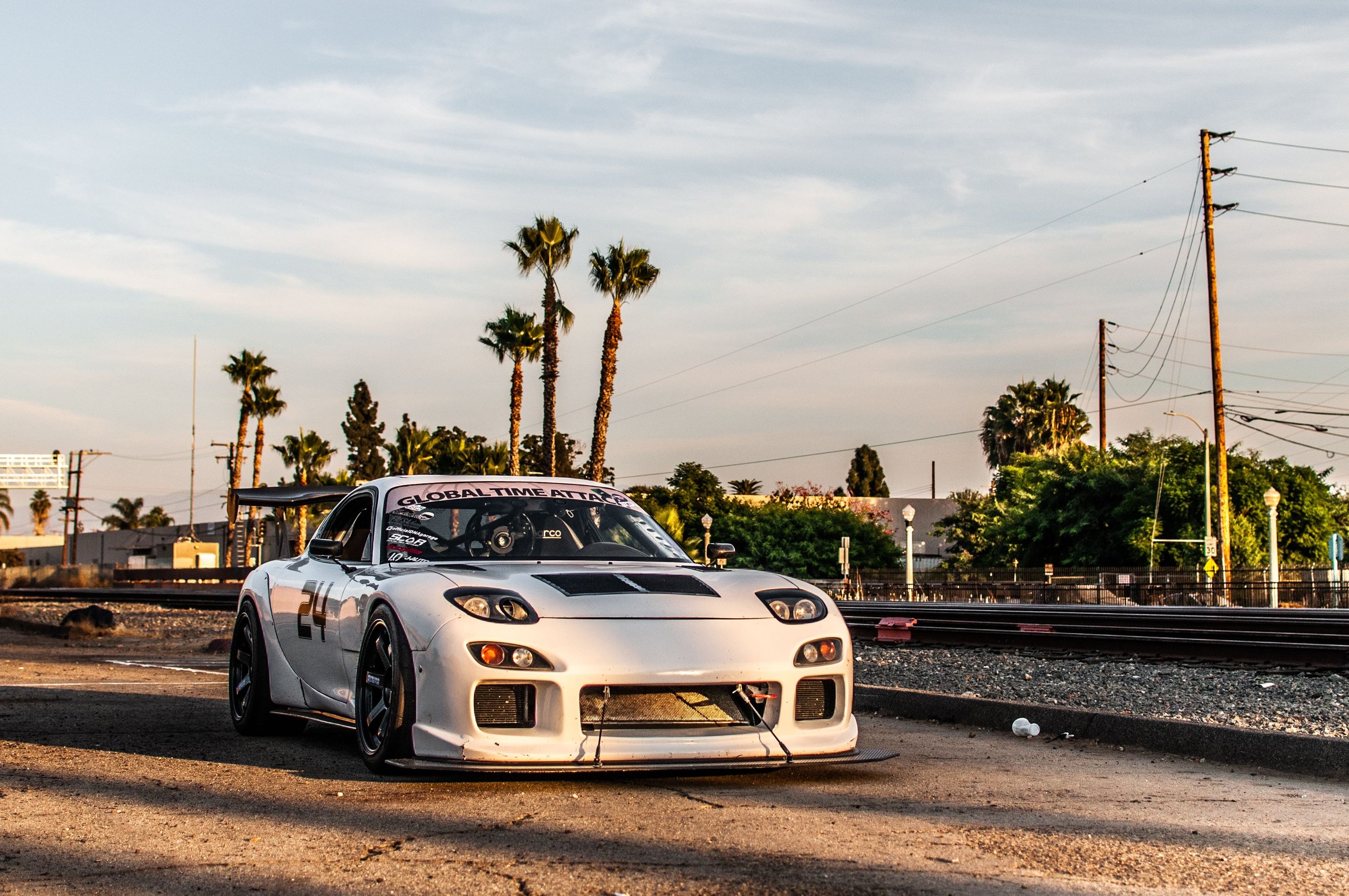
SpeedSF Blog
Every Build Has a Story – Meet the Cars of SpeedSF

Johnson's RX-7: Refreshingly Reliable
After taking on the daunting task of road racing a turbo RX-7, Johnson dealt with the teething pains of a force-fed rotary, but his dedication to the platform has taught him what needs to be done to keep the particular powerplant happy.
